Matsudo is a city in Chiba Prefecture with a population of around 500,000 people that sits alongside the Edo River and is only a 24-minute ride on the train from Tokyo Station. Even with such easy access to Tokyo, this city is surrounded by beautiful and lush nature, with expansive parks such as the “Forest and Park for the 21st Century” that have a family-friendly atmosphere.
The cherry blossom festivals in the spring and the Matsudo Fireworks Festival in the summer are can’t-miss, but most of all what I love about Matsudo is the Japanese locals who have encouraged me to take up new hobbies with them such as farming. Today, nothing makes me feel more connected to the world than working up a sweat in Matsudo’s farming fields, surrounded by warm-hearted people and a countryside-like landscape with Tokyo’s skyline and Sky Tree rising in the distance.
Tojo-tei House and Garden: Japan frozen in time
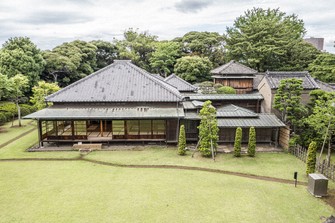
An overhead view of the Tojo-tei House and Garden. (Photo Courtesy of Matsudo City Hall)
Built in the 1880s by Tokugawa Akitake, younger brother of the last shogun, the Tojo-tei House and Garden crowns a hill above the Edo River. Today the house is a National Important Cultural Property and its grounds are designated as a Special Place of Scenic Beauty. As you walk down the corridor directly across from the entrance, daylight shines in through paper-screened doors and the interior garden window, and you will be led to a spacious tatami-floored room that opens wide to the outside garden, where you can take in the view of the lawn, pines and the sky overhead. And on select “Tojo Days,” held monthly on the 10th, 20th, and 30th, visitors may take a walk into the garden itself and look back toward the residence to see its full harmony with nature.
Although this site evokes a pause from the hectic outside world, Matsudo, which received ownership of the property in 1951, has not hesitated to bring the world inside the Tojo-tei House and Garden as a venue. Cultural experiences that take place at the residence include the “Matsudo Handmade in Japanese Katchu Club” which offers as part of their club activities the chance to wear handmade Japanese samurai armor (“katchu”) and stroll the Tojo-tei grounds, and the “Matsudo International Science Art Festival,” taking place every October where the simple beauty of the Tojo-tei House and Garden provides the perfect backdrop for the boldness of the science and art exhibitions, creating a rare and striking harmony.
A ramen town
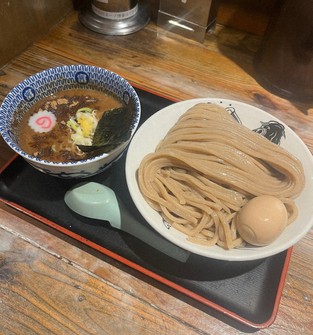
“Tsukemen” (dipping noodles) ramen at Tomita Shokudou, one of three ramen restaurants in Matsudo under the “Tomita” name, and located just down the street from the Tomita Main Shop. (Photo courtesy of the author)
Matsudo is known as a true “ramen town,” with dozens of shops offering every style you can imagine. At the center of attention is Tomita, often called one of the best ramen restaurants in Japan. Their famous “tsukemen” (dipping noodles) pair thick, chewy noodles with an intensely rich broth that blends pork and seafood flavors. Tomita’s ramen packs are even offered domestically as thank-you gifts through Japan’s “Furusato Nozei” hometown tax donation program, allowing supporters across the country to experience the city’s signature flavor from their own kitchens. What began as a single shop’s pursuit of perfection has grown into nationwide recognition and a source of pride for the people of Matsudo, where there are so many other ramen spots to check out as well.
‘Yakiri Negi’ — a local Japanese leek with a sweetness you’ll begin to crave
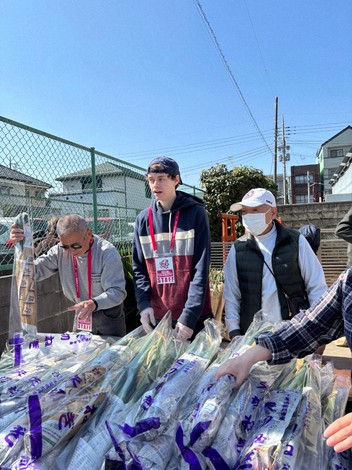
Camden Gregory, middle, helping run a stand for selling Matsudo’s “Yakiri Negi” leeks at the 2025 Kawazu-zakura Festival. (Photo courtesy of the author)
There is a particular brand of leeks (Japanese: negi) that are grown in the Yakiri area of Matsudo that you must try. “Yakiri Negi” are a local delicacy famous for their long white stalks, soft texture, and sweet, mellow flavor when cooked. Flooding of the Edo River deposits fertile alluvial soil in the farming fields, and such soil is said to be very nutrient-rich and well-suited for root crops. Along with the well-suited climate conditions, this unique environment is what gives Yakiri Negi their remarkable taste and quality.
I actually have had the opportunity to help sell these leeks at the yearly “Kawazu-zakura Festival,” a festival held in Matsudo that welcomes spring with a bang thanks to the very early blossoming cherry blossoms called “kawazu-zakura.” And at this festival, the popularity of Yakiri Negi is no overstatement. In just a few hours, the 2,000 leeks in stock for the day are completely sold out. So if you ever go to the Kawazu-zakura Festival which takes place at the beginning of March, make sure you get there early before these leeks are all gone!
For cooking, Yakiri Negi can be enjoyed simply grilled until tender, bringing out their natural sweetness, or simmered in hot pot dishes so they can soak up the broth and become wonderfully rich and soft.
City information
Population: 500,866 (As of Sept. 1, 2025)
Number of foreign residents: 26,110 (As of Sept. 1, 2025)
Area: 61.38 square kilometers
Convenient access to the city: JR Matsudo Station, Hokuso Railway Higashi-Matsudo Station, Keisei Matsudo Station
About the writer
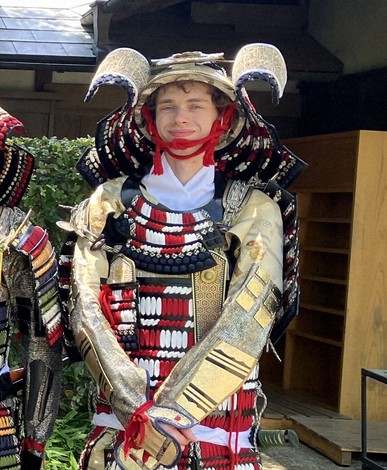
Camden Gregory trying on samurai armor at the Tojo-tei Residence. (Photo courtesy of the author)
Name: Camden Gregory
Country of origin: United States
Years living in Japan: Three
Favorite Japan foods: Ramen, zoni, tuna sashimi
Favorite things about Japan: Anime and light novels
***
In this “Japan Uncovered” series, coordinators for international relations from around the world introduce the charms of the municipalities where they live and work in Japan.

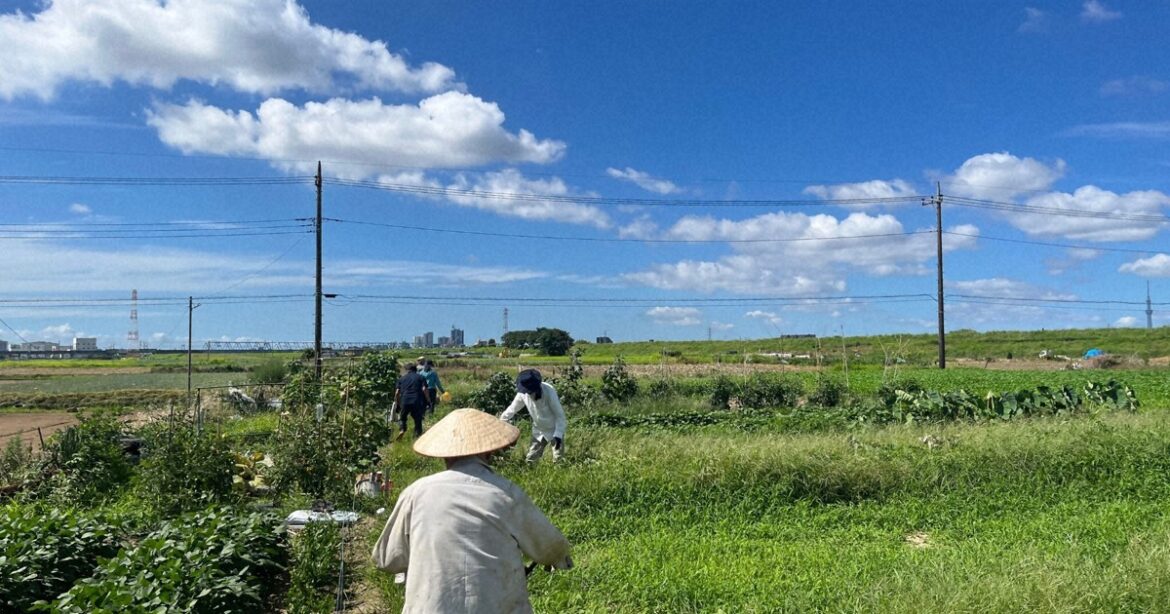
AloJapan.com